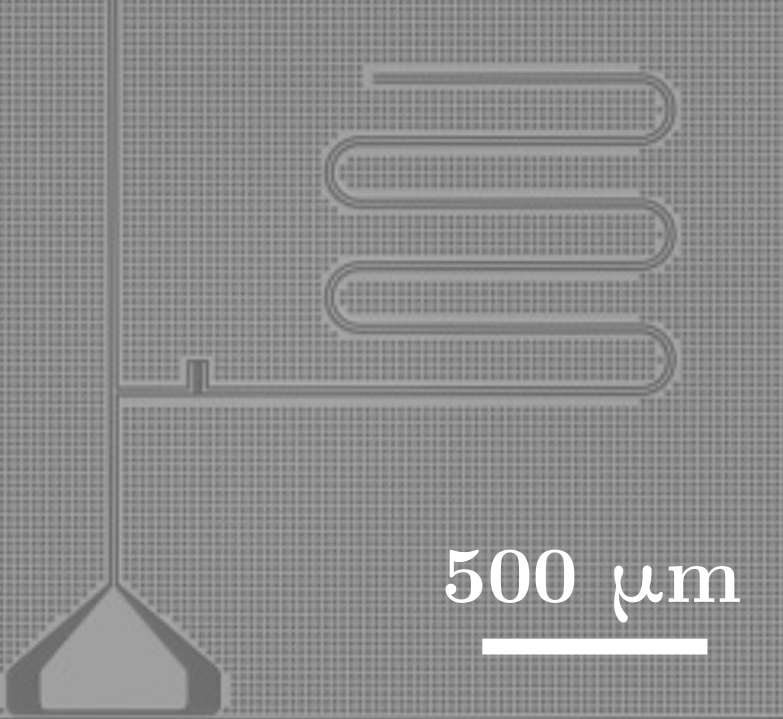Manufacturing low dissipation superconducting quantum processors
Enabling applications for solid state quantum technology will require systematically reducing noise, particularly dissipation, in these systems. Yet, when multiple decay channels are present in a system with similar weight, resolution to distinguish relatively small changes is necessary to infer improvements to noise levels. For superconducting qubits, uncontrolled variation of nominal performance makes obtaining such resolution challenging. Here, we approach this problem by investigating specific combinations of previously reported fabrication techniques on the quality of 242 thin film superconducting resonators and qubits. Our results quantify the influence of elementary processes on dissipation at key interfaces. We report that an end-to-end optimization of the manufacturing process that integrates multiple small improvements together can produce an average ${\overline{T}_{1}=76\pm13~\mu}$s across 24 qubits with the best qubits having ${T_1\geq110~\mu}$s. Moreover, our analysis places bounds on energy decay rates for three fabrication-related loss channels present in state-of-the-art superconducting qubits. Understanding dissipation through such systematic analysis may pave the way for lower noise solid state quantum computers.
PDF Abstract